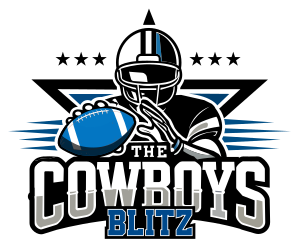The biggest myth is that the CAP doesn't matter. It does matter or there would be no need for CAP management. The fact is, if there was no CAP, owners that want to win would go out and buy up all the good players, like teams in baseball do with their soft CAP. The reason people think the CAP doesn't matter is that most teams have learned how to build in CAP saves for the future. But it still matters.
In the NFL it is a hard and fast CAP. There are no loopholes.
What the CAP requires is for GMs to do a great job of evaluating players. The goal is to accumulate the most talent given the CAP. Every time you overpay a player, it takes away from the talent you have at another position. We all know the Jones' way of doing things makes no sense. They claim to stay out of free agency because it is overpaying players. Yet they pay a guy like Dak, $60 million - and Jerry brags about how this means he is trying hard. If you haven't noticed, look at how important rookies have become in the NFL. In the old days, rookies hardly saw the field. Now it is critical that rookies, even QBs, contribute right away. 1 good draft can turn a team around. This change is the result of the salary CAP. Rookies get paid squat, so good rookies are great value players. Often older vets are the opposite. They make a lot of money, but they no longer play to their peak levels.
In the end it is simply an evaluation of cost vs production. This is where Dallas fails. And I will add one more point. Take CeeDee Lamb. Is he worth $34 million? many would say yes. His production is close to the best in the league so he is worth 2nd most money. But what if two other receivers making $15 million each could produce more than your top 2 receivers which includes CeeCee? A good GM would sign those two receivers, and not pay CeeDee. This is an example, not what I would advocate - although I did suggest this before CeeDee signed.
Those who claim the CAP is never a problem point to all the ways to get under the CAP. Restructures, cuts, June1 cuts, etc. Yes, there are all ways to lower the current year CAP number. Restructures just means you pay later. Cuts means you lose a player. June 1 cuts are even less important because there is no reduction in CAP until after June 1 when the best free agents are all signed somewhere else. These are techniques for saving CAP space, but they were devised with this intent. This is CAP management. Good teams figured out how to plan these things in advance. Good teams look at value and cut loose players who no longer produce at the level they are paid.
The point is, the CAP is real and it requires a good amount of thought and planning or you wind up like Dallas last year - and probably this year.



